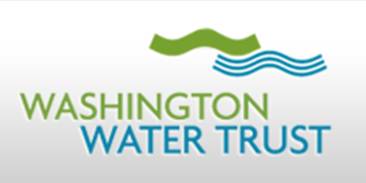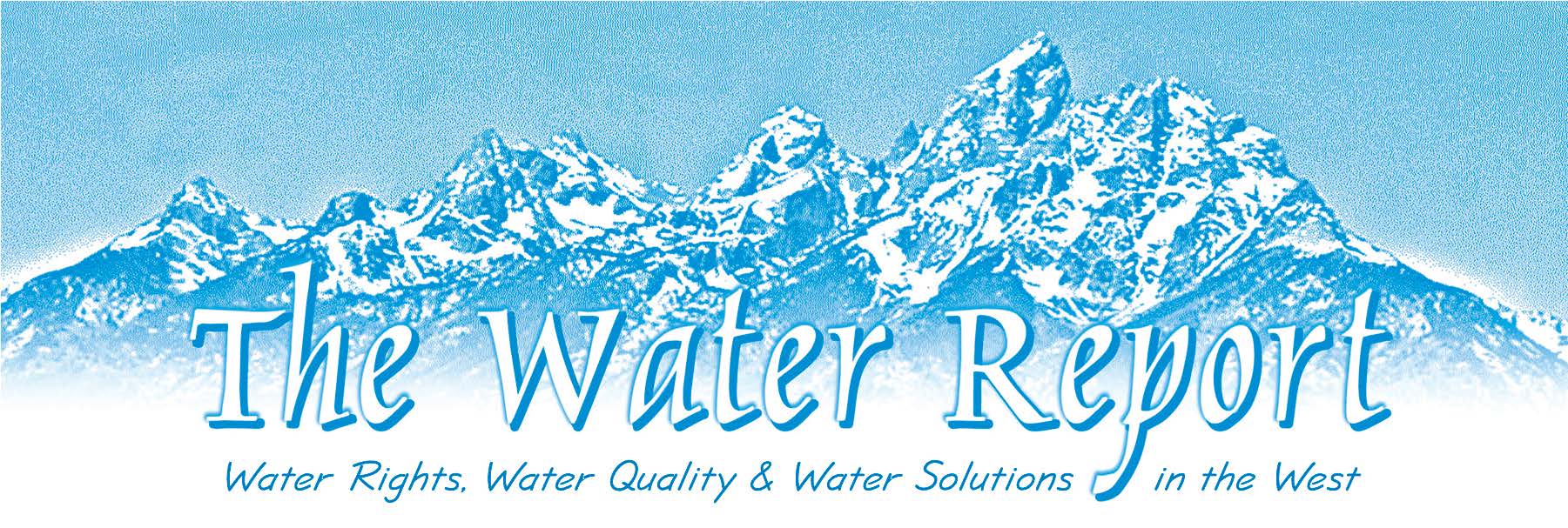Table of Contents |
January to May 2024 Edition Washington Snowpack and Water Supply in Spring 2024 By Tom Ring – retired Hydrogeologist with the Yakama Nation Water Resources Program Spring 2024 Conditions 2023-2024 was an El Niño winter. Snowpack is below average. These two statements usually go together. Warmer temperatures in El Niño winters cause less snowpack to accumulate and snowmelt to occur earlier. The implications for water supply and regulation vary among basins depending on natural hydrology and river regulation. Snowpack (snow water equivalent) is well below average across the state. This late in the snow year, there is only a very small probability of reaching “normal” (median) snowpack. The graph below shows snow water equivalent (SWE) at Pigtail Peak (White Pass Ski Area). The black line is SWE for the current water year. The green line at the top is the peak year of 1997, and the blue line at the bottom is the “snowpack drought” year of 2015. The purple line below center is from last year. The dark green line is from 2022, where despite well-below median SWE in mid-April, median was reached due to abnormal snowpack accumulation and reduced snowmelt in May. Streamflow Effects and Drought Declaration Streamflow forecasts are well below average across the state, and on April 16th, Ecology declared a drought statewide except for the urban areas of Seattle, Everett and Tacoma. The legal thresholds for drought declarations in Washington are less than 75% water supply and likely undue hardships for water users or the environment. Per the declaration, forecasts point toward high temperatures causing rapid runoff of the already meager snowpack, leading Ecology to conclude that a drought declaration was warranted. Recommendations regarding drought come to agency executives from the Water Supply Availability Committee, an interagency group that reviews current and forecast conditions. The declaration cites likely hardships to drinking water supplies, the agricultural sector, and fisheries and instream resources. The declaration and state law allow the agency to take a range of actions, including issuing emergency water permits, approving temporary water right transfers, providing funding assistance to public entities, and taking “other actions”. Further information on the drought declaration can be found on the Washington State Department of Ecology website. Implications for Yakima Basin Water Supply Irrigation is ramping up in the Yakima Basin for the year. The Yakima has a unique water management system based on a 1905 federal reclamation project, pre-federal (prior to May 10, 1905) water rights, tributary water rights, reservoir storage, and over a century of litigation. The Yakima Reclamation Project delivers water to those users downstream of the five system reservoirs (tributary users reliant on unregulated flows are regulated differently as discussed below). The Yakima Project was designed to use runoff from snowmelt to supply most early season irrigation water, while reservoirs capture other runoff. After a certain point which varies annually (called storage control), irrigation demand exceeds runoff and reservoir releases ramp up to meet the growing deficit. Reclamation tracks a quantity known as Total Water Supply Available (TWSA), which includes reservoir storage and projected snowmelt runoff, and uses that to determine supply for irrigation and instream flow. Pre-1905 users receive full supply even in drought years, and their anticipated demand is deducted from TWSA along with target instream flows. May 10, 1905 users (i.e., proratable or junior users) receive an equal (prorata) share of what’s left. In years when water supply is insufficient to meet all irrigation water rights, the May 10, 1905 users receive a percentage of their full water rights, which changes during the irrigation season due to changing supply forecasts and changing demand. Based on April 1st data showing about 70% of average snowpack and 70% of average reservoir volumes, Reclamation projects that the proratables will receive 63% of their full entitlement, with a wide range from 51 to 90% depending on spring conditions. Low precipitation in March caused the projected prorationing index to drop from 72%. Reclamation will update the prorationing estimate in early May. The 1994 Federal Yakima River Basin Water Enhancement act set target instream flows in the lower Yakima River between 300 and 600 cfs depending on TWSA. This year's flows are expected to be 300 cfs. Additional instream flow water has become available through conservation and settlements in the Yakima Basin adjudication and is released as per recommendations from fish managers. By court order, when proratables are receiving less than 100% supply, all post-1905 surface water users are shut down unless they have mitigation in the form of acquired pre-1905 water rights As stated above, the situation in the Yakima basin tributaries that lie outside of the Yakima Reclamation Project storage and delivery system is much more like conventional prior appropriation. These tributaries were mostly adjudicated in the early 20th century and have classes of water rights that are sequentially curtailed as natural flows recede during the irrigation season. Curtailment occurs earlier in drought years. El Niño Effects and Shift to La Niña In the Pacific Northwest, El Niño winters are typically associated with above average temperatures and, less reliably, with reduced precipitation. Climate Prediction Center data shows both of these tendencies, particularly over the March-April time frame, dashing any hopes for a late season rebound in snowpack. Forecasters predict a switch to La Niña conditions over the next few months, but that shift will be too late to help this water year. Author's Update: At the May River Operations meeting, the Bureau of Reclamation announced that the water supply had further slipped in April and the proratable irrigators can expect to receive 54% of their full entitlement (Link to related article in the Yakima Herald). |



